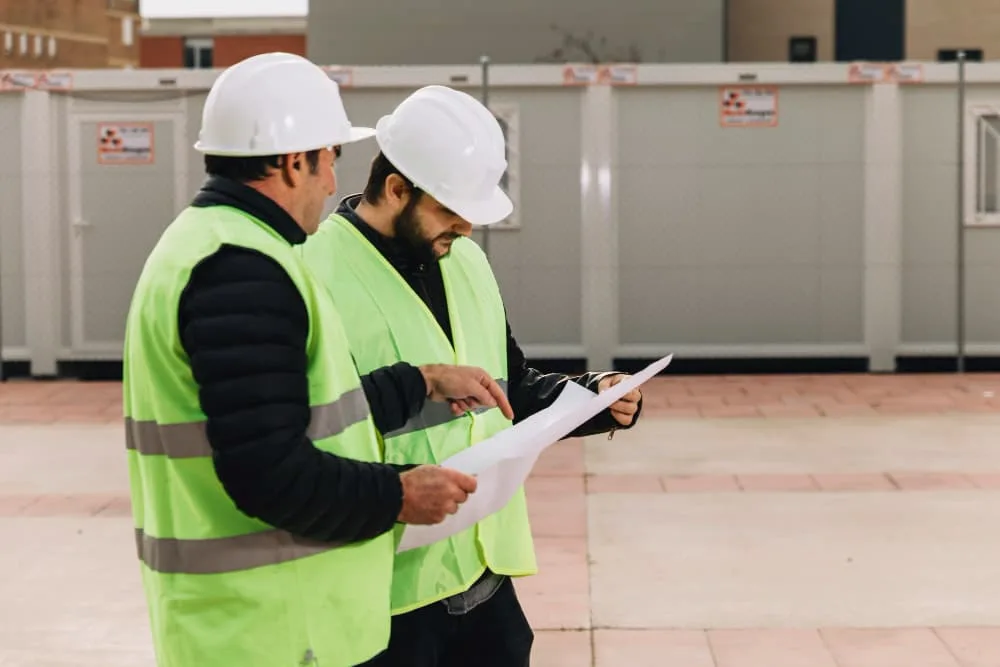Ensuring a safe working environment should be every employer’s top responsibility. One of the best ways companies can protect their staff is by performing regular health audits and safety inspections.
By conducting safety inspections, organizations can easily understand and determine the necessary required changes and implementations. In this article, you will learn what these inspections involve, who performs them, for what reason they’re so fundamental, and how innovation is working on the interaction.
What a Health Audits and Safety Inspections?
A health and safety inspection, sometimes called a health audit is when a workplace is assessed for any hazards or risks that could potentially cause harm. Some examples include:
– Unsafe tools
– Inappropriate chemical storage
– Tripping dangers
– Lack of protective gear
– Insufficient training protocols
Types of Safety Inspections
Compliance Audits – A close review of documentation and written policies to ensure legal obligations are being met. This might involve checking training logs, safety manuals, etc.
General Inspections – A walkthrough of facilities to identify visible risks like spill hazards or damaged equipment. Performed periodically as part of an internal inspection program.
Incident Inspections – Conducted by an outside entity after a workplace accident to determine the root cause. The assessor will provide recommendations on improving future safety.
Who Should Perform Audits?
Inspections are performed routinely in most companies. They can be done internally by a safety manager walking through, or externally by a third-party auditor. While managers often complete general self-inspections, most companies will also want assessments from qualified external auditors who take an objective big-picture view. Certain high-risk industries are legally required to have third-party audits on a regular basis.
An effective health and safety audit follows a clear methodology:
Planning a Successful Inspection
Those performing inspections should develop a checklist covering potential hazards specific to that workplace. This list should be updated continually as risks change. Managers must be familiar with all regulations affecting their industry in order to ensure full compliance. Relevant training records, safety manuals, and other documents should be organized ahead of time.
Harnessing Technology
Technologies allow teams to collect inspection data digitally in real-time. Apps streamline generating reports, monitoring the status of corrections, and analyzing results. Automated risk detection analytics can even identify hazards proactively. Technology removes manual administrative work, leaving more time to focus on keeping people safe.
Following Up is Crucial
Finally, it’s vital to review findings, prioritize action plans based on the level of risk, and establish reasonable timelines. Technology again proves useful in tracking progress on closing out corrective actions. Leadership involvement keeps health and safety top of mind organization-wide.
Staying Diligent with Inspections
Regular health and safety inspections, assisted by technology, are invaluable for spotting risks early and ensuring ongoing regulatory compliance. Keep employees safe by making inspections a consistent priority.
What is the Role of Effective Health Audit & Safety Inspections?
Inspecting for Compliance
Inspections ensure compliance with all relevant health and safety regulations. There are often legal requirements around conducting risk assessments, providing proper worker training, and having emergency response plans in place. Audits verify these policies are adequate and being properly implemented.
Identifying Gaps Before Incidents Occur
The goal is to identify any weaknesses in safety protocols before accidents happen. If inspectors notice shortcomings, they will make recommendations to improve procedures. Regular inspections reinforce the importance of health and safety standards for employees.
Reinforce a Culture of Safety
Consistent health and safety assessments signal that worker wellbeing is a top priority for the company and everyone takes safety seriously. Conducting audits shows they welcome objective expert evaluation and advice on improvements.
Indicate Management Commitment
Leadership support, participation, and follow-through on audit findings are crucial. Their commitment indicates workplace health and safety receives the highest attention and resources. Management can then allocate corrective actions based on risk severity.
Enhance Overall Risk Management
Audits provide valuable data and insights into where the company can reduce the likelihood and severity of safety incidents which benefits risk management. They also point out what control measures and system changes are most critical.
Final Thought
Health Audits and safety inspections ought to be a fundamental need for each association. However, they require a venture of time and assets, and the advantages make them priceless. These evaluations assist with distinguishing holes in safety conventions before serious episodes can happen. They also advance a work environment culture where representative prosperity is admirable thinking of anything else.
Regular audits show that initiative views their obligation of care liability in a serious way by making moves to proactively control dangers. his convey a message to staff that everybody is safe at their workplace and will get back securely after the finish of every day. This procures worker certainty, devotion, and higher commitment.

